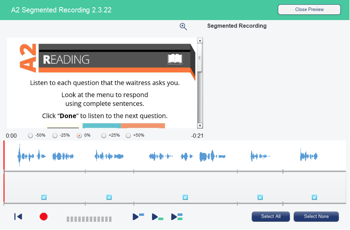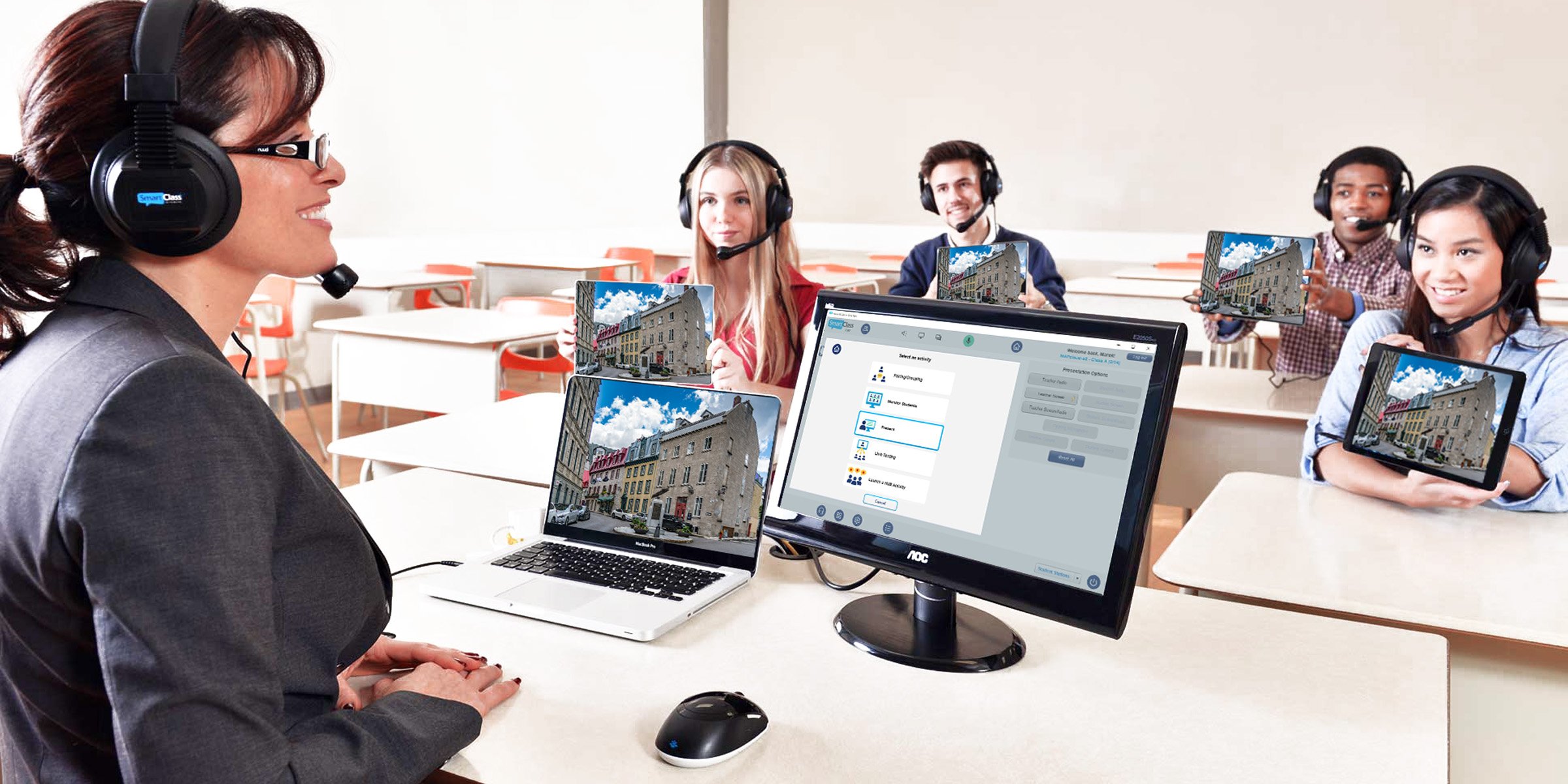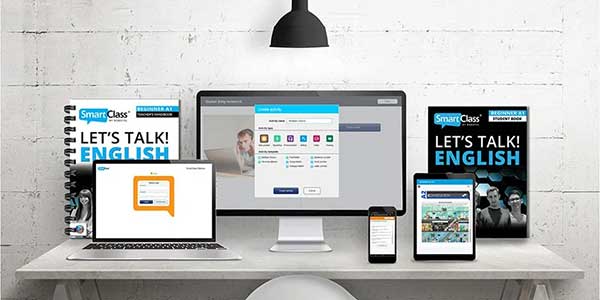Using technology to enhance student learning in language teaching
In today's digital age, technology is transforming the way students learn and teachers teach. With the rise of digital devices and online resources, language teaching is becoming more accessible and engaging. By incorporating technology into the language classroom, teachers can provide a more interactive and dynamic learning experience for their students.
Here are some ways for teachers to increase student learning through technology in language teaching:
1. Online Language Teaching Platforms
Online language learning platforms, such as SmartClass by Robotel, offer a fun and interactive way for students to practice their language skills. These platforms use a plethora of different activity types and adaptive learning to keep students engaged and motivated, and they provide immediate feedback to help students identify their strengths and weaknesses. Teachers can also individualize instruction and give students opportunities for further practice at their own pace and at their own time. By using these platforms, language learning becomes more convenient and accessible than ever, both inside and outside the classroom.

2. Virtual Reality
Virtual reality (VR) technology has the potential to revolutionize language teaching by providing students with a fully immersive and interactive learning experience. With VR, students can practice their language skills in a virtual environment, allowing them to interact with native speakers and practice their language skills in real-life situations. For example, a student can use VR to visit a foreign city and practice their language skills with locals, or they can attend a virtual meeting in a foreign language to get a taste of real-life language use. If you don't have access to VR, make sure to include as many videos and audio from native speakers in your daily lessons. Check out SmartClass Curricula for activities that include those in English, German, Spanish, and Arabic.

3. Online Video Conferencing and Language Labs
Online video conferencing platforms, such as Zoom and Skype, allow teachers to conduct live language lessons with their students from anywhere in the world. This enables students to interact with their teacher in real-time and receive immediate feedback on their language skills. Additionally, online video conferencing can provide students with the opportunity to practice their language skills with classmates from different countries, helping them to build their global communication skills.
In school, make sure to give your students the opportunity to work in a (digital) language lab. Whether you choose BYOD or have an installed and designated room for your language lab, it will increase your students' speaking practice time, help you monitor their progress, listen in on their conversations, and allow simultaneous testing of students.
4. Digital Language Teaching Content
Digital language teaching content provides students with a convenient way to practice their language skills on the go. These interactive activities are designed to help students memorize vocabulary and grammar rules, and they often include interactive quizzes and games to make the learning process more engaging and enjoyable. However, not all of them always align with what you are teaching in class. SmartClass, however, offers teachers curricula and content that can be used inside and outside the class so students can continue their assignments at home, right where they left off. With SmartClass Curricula and the SmartClass language teaching solution, students can practice their language skills at any time, making language learning a part of their daily routine.

5. Social Media
Social media platforms, such as Facebook, YouTube, and Instagram, provide students with a platform to connect with native speakers and practice their language skills in a real-world setting. By connecting with native speakers, students can improve their listening and speaking skills, as well as their understanding of the cultural norms and customs of the target language.
Tip: Let Chelsea teach your students English grammar. She is a native English speaker and has worked as an ESL/EFL teacher for years. Her grammar videos align with the SmartClass Let's Talk! English curriculum, but whether you use it or not, her grammar videos will help your students learn English grammar at home.

In conclusion, technology has the potential to greatly enhance student learning in language teaching. By incorporating technology into the language classroom, teachers can provide a more interactive and dynamic learning experience for their students, allowing them to improve their language skills in a fun and engaging way. Whether it's through online language learning platforms, virtual reality, online video conferencing, digital language teaching content, or social media, technology has the power to revolutionize language teaching and help students reach their full potential.
Find out more about the SmartClass language teaching solutions that will help you reach your goals in using technology in your classroom!


